
IN QUEST OF ENHANCED AIRBORNE CAPABILITY
Mon, 06 Jan 2025 | Reading Time: 5 minutes

Airborne troops are the elite of a nation’s military. They comprise paratroopers who parachute from fixed-wing aircraft or helicopters, specializing in high-risk high return missions to favourably change the course of a war. The Airborne forces are also the country’s first responders for most contingencies in Operations other than war, to protect and project national interests and assets.
On 14 May 2020, China’s People’s Liberation Army (PLA) conducted a full-fledged Airborne maneuver para dropping a few thousand paratroopers of the strategic 15 Airborne Corps, with the objective tto validate its operational preparedness in the event of a war with India. The Airborne formations comprising a few thousand troops equipped with the latest Type 15 light battle tanks and the newly inducted 155 mm mounted Howitzers were launched from the central province of Hubei and para dropped on the Tibetian Plateau at an altitude of 4000meters (13000 Feet), in concert with Chinese intrusions in Easter Ladakh. [1] It needs to be noted that the massive Airborne drop was conducted just before the Galwan clash between Indian Army troops and PLA. “Several hundred pieces of military equipment including armoured vehicles and huge batches of supplies were moved in the operation, which was completed in just a few hours,” Chinese media reports said. “The mission saw significant breakthroughs not only in the scale of mobilizesd troops but also means of transportation with civil aircraft substantially expanding capacities” Maj Colonel Mao Lei, head of the training department of the Air Borne Brigade, reportedly told China’s CCTV.[2]
The Exercise was presumably part of an integral plan of China’s ‘Military Coercion’ and ‘Strategic Deterrence’ against any Indian reaction to the ‘Salami Slicing’ along the Line of Actual Control (LAC). The mass employment and deployment of the elite Airborne forces also serve as a strategic signal of a nation’s intent in addition to military payoffs, creating decision dilemmas for an adversary. China signaled her strategic intent to coerce and contain India and the Indian Armed Forces. It’s a different matter that China failed to factor in India’s strategic resolve and response, thus forcing a status quo ante agreement after over four and half years of the April 2020 forward deployment.
The China threat to India’s national and border security continues to be a present and clear danger, despite the recent thaw. It is a given that India faces a two-plus front threat. It is less likely that Pakistan will wage a war against India, however, in the event of an India – China conflict, it is almost a certainty that Pakistan will join China in a war against India.
In addition, given the emerging anti-India sentiment and turmoil in Bangladesh, India will have to enhance its military capabilities to deter our adversaries. As witnessed in the last four and half years, India should continue with its operational philosophy of ‘NO BLINKING NO BRINKMANSHIP’, raising the costs and consequences for China. China respects strength and India needs to meet and mitigate the China threat from a position of relative strength. As we build multi-domain capabilities it is imperative that we enhance our Airborne and special operations capabilities to preempt China’s forward deployment in the future, as well as the enhanced capability of inserting Airborne troops in Tibet.
A demonstrated capability and a ‘threat in being’ of a credible Airborne insertion along the vast Tibetan plateau will not only deter future Chinese misadventures but also enhance India’s ‘Quid Pro Quo (QPQ)’ options, in the event of any Chinese incursions along the LAC in future. In addition, Airborne forces being the first responders will also be a preferred military instrument to project and protect our national interest and assets.
Airborne operations involve the movement of armed forces units and formations by para-dropping them behind enemy lines for ground combat. These operations outmaneuver and turn the flank of the enemy defences, often leading to decisive victories. The US, China, and Russia all maintain Corps size (over 50,000 paratroops) Airborne forces and are known to spearhead military operations both in war and operations other than war.
The Indian Airborne forces comprise mainly 50 (Independent Parachute Brigade) with three Para SF) battalions on its orbat designated, equipped, and trained to execute Airborne Operations and act as the nation’s first responder in operations other than war including as net security provider in the region. The Parachute Brigade has on its orbat integral units and subunits of all combat support arms and services including the capability to para drop heavy equipment like Infantry Combat vehicles (BMPs), field Guns, Medical Hospital, and Mounted Anti-Tank Guide Missiles. The Airborne capability also includes additional Nine Para (SF) battalions for strategic and operational special operations missions specific to their respective theatres.
The key question however remains, whether the present Airborne capability of One Brigade is adequate for a ‘Risen, Responsible, Resurgent India – A regional power and a global leader’. Given the massive lift capability of the Indian Airforce with C – 130J Super Hercules, and C 17 Globemaster supplemented with the IL 76 and AN 32 aircraft, there is a need to enhance our Airborne capabilities. After the massive Indian military Exercise Brass track from November 1986 to January 1987, General K Sunderjee the then Chief of the Indian Army and one of India’s leading military strategists envisaged and put in motion the raising of an Air Assault Division. 54 Infantry Division was identified for conversion to Air Assault Division, with two Airborne and one Air Mobile/ Transport brigade on the orbat in addition to the existing 50 (Independent) Parachute Brigade which would continue to be the strategic reserve under the Military Operations Directorate. The move to raise an Airborne Division size force also coincided with the Indian Airforce’s induction of IL 76 and AN 32 aircraft. The conversion did not take place as 54 Infantry Division was the first Division inducted as Indian Peacekeeping operations in Srilanka following the Srilanka accord.
Given the induction of new-age technologies, the viability of Airborne force is being rightly questioned. It is also a fact that with the intense Air Defence environment with Anti Access Area Denial (A2AD) having increased exponentially, serious apprehensions exist about the viability and survivability of a large Airborne force. In our context, A2AD by the Chinese in TAR, and along our western borders with Pakistan, is a definite deterrence for a large-scale Airborne insertion.
Overcoming the threat will require detailed planning and dedicated resources in time and space to create a window for 60 to 90 minutes to insert- drop- and retrieve an Airborne stream. Given that our forward air bases are near the border areas and the Indian airforce has the ‘Three T’ advantage, Terrain – Tactics – Technology. In high altitude and mountainous terrain surveillance and Air defence systems of our adversaries will be sub-optimal and adverse weather conditions can be exploited to insert Airborne troops to capture key objectives/bridges/ defiles in depth in conjunction with our own offensive or defensive maneuvers.
The viability and doctrine to insert an Airborne force needs to be kept alive and practiced. It needs to be noted that the other three ‘Big Militaries’ the US, Russia, and China all maintain ‘Corps Size’ Airborne Forces to project and protect their national interests. As India rightly aspires to be a leading global power, we need credible capabilities to intervene and project power to safeguard and further our interests.
[1] Anil Chopra, Growing Big – Know about Chinese Airborne Force. https://airpowerasia.com/2020/06/09/growing-big-know-about-chinese-airborne-forces/ Accessed on 23 December 2024.
[2] Ibid
Disclaimer
The opinions expressed in this article are the author’s own and do not reflect the views of Chanakya Forum. All information provided in this article including timeliness, completeness, accuracy, suitability or validity of information referenced therein, is the sole responsibility of the author. www.chanakyaforum.com does not assume any responsibility for the same.
Chanakya Forum is now on . Click here to join our channel (@ChanakyaForum) and stay updated with the latest headlines and articles.
Important
We work round the clock to bring you the finest articles and updates from around the world. There is a team that works tirelessly to ensure that you have a seamless reading experience. But all this costs money. Please support us so that we keep doing what we do best. Happy Reading
Support Us





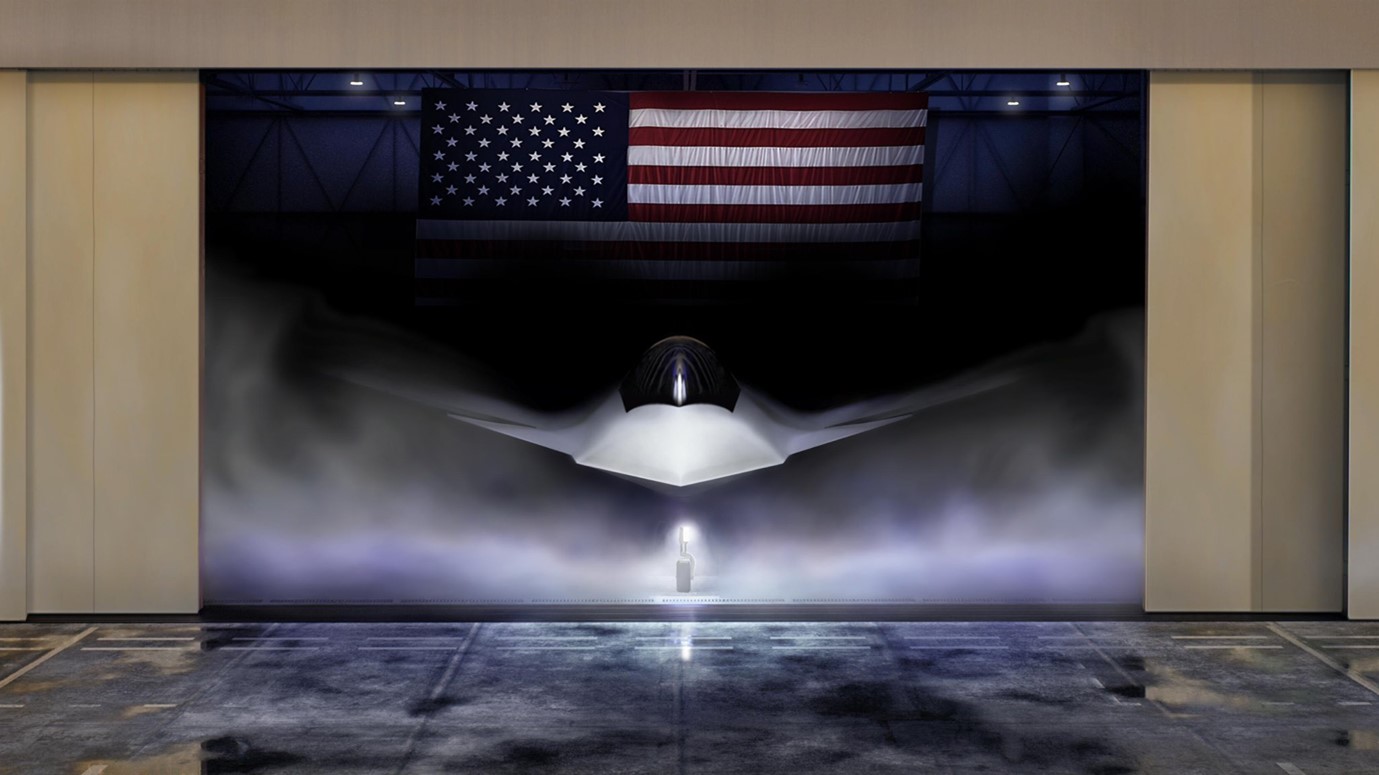
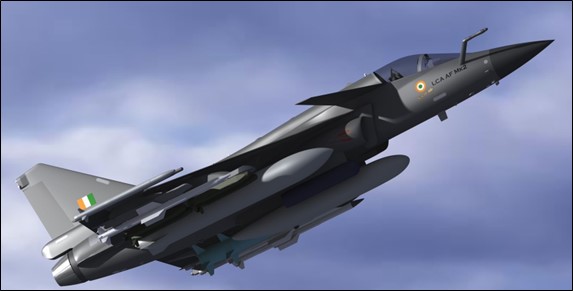
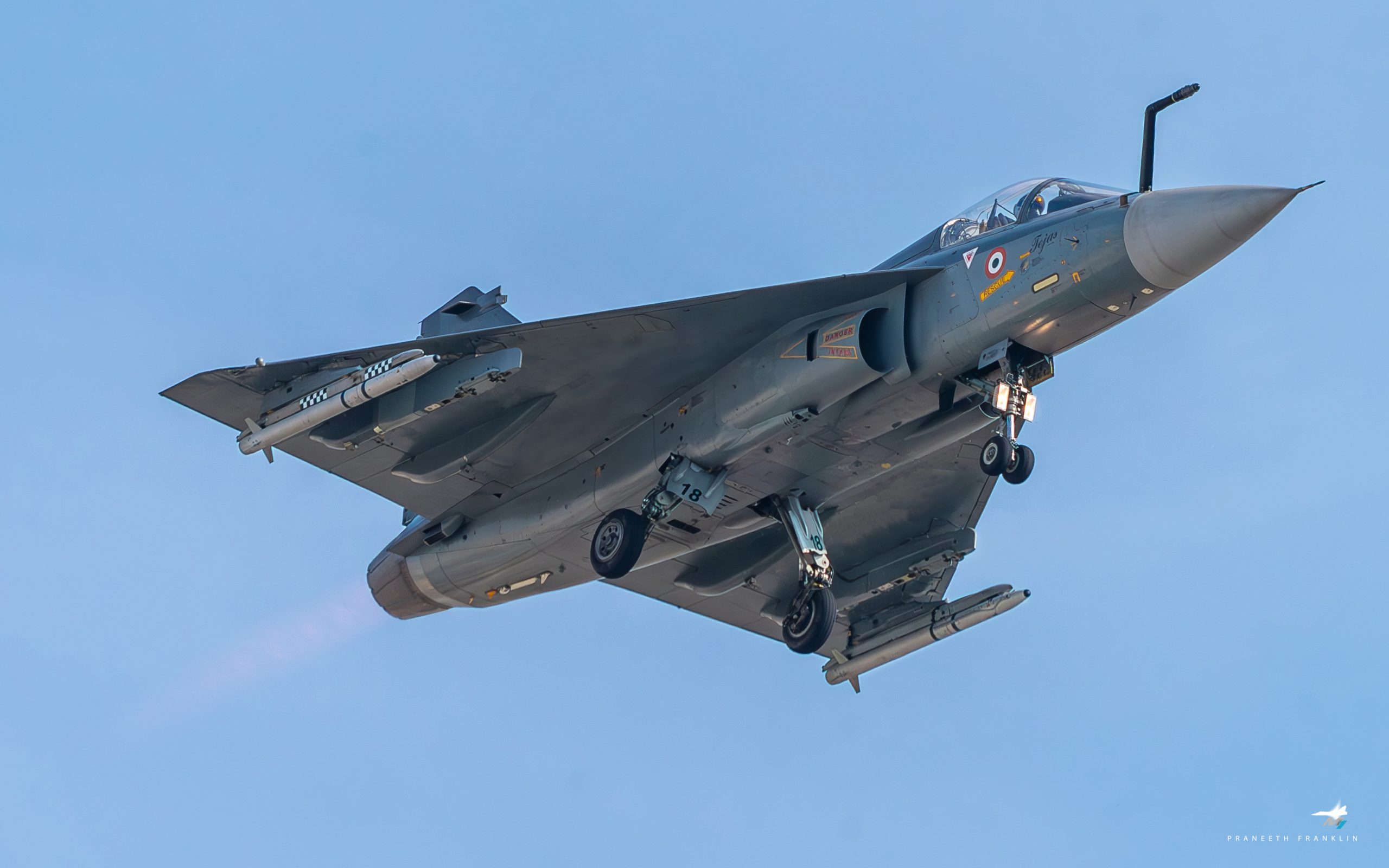
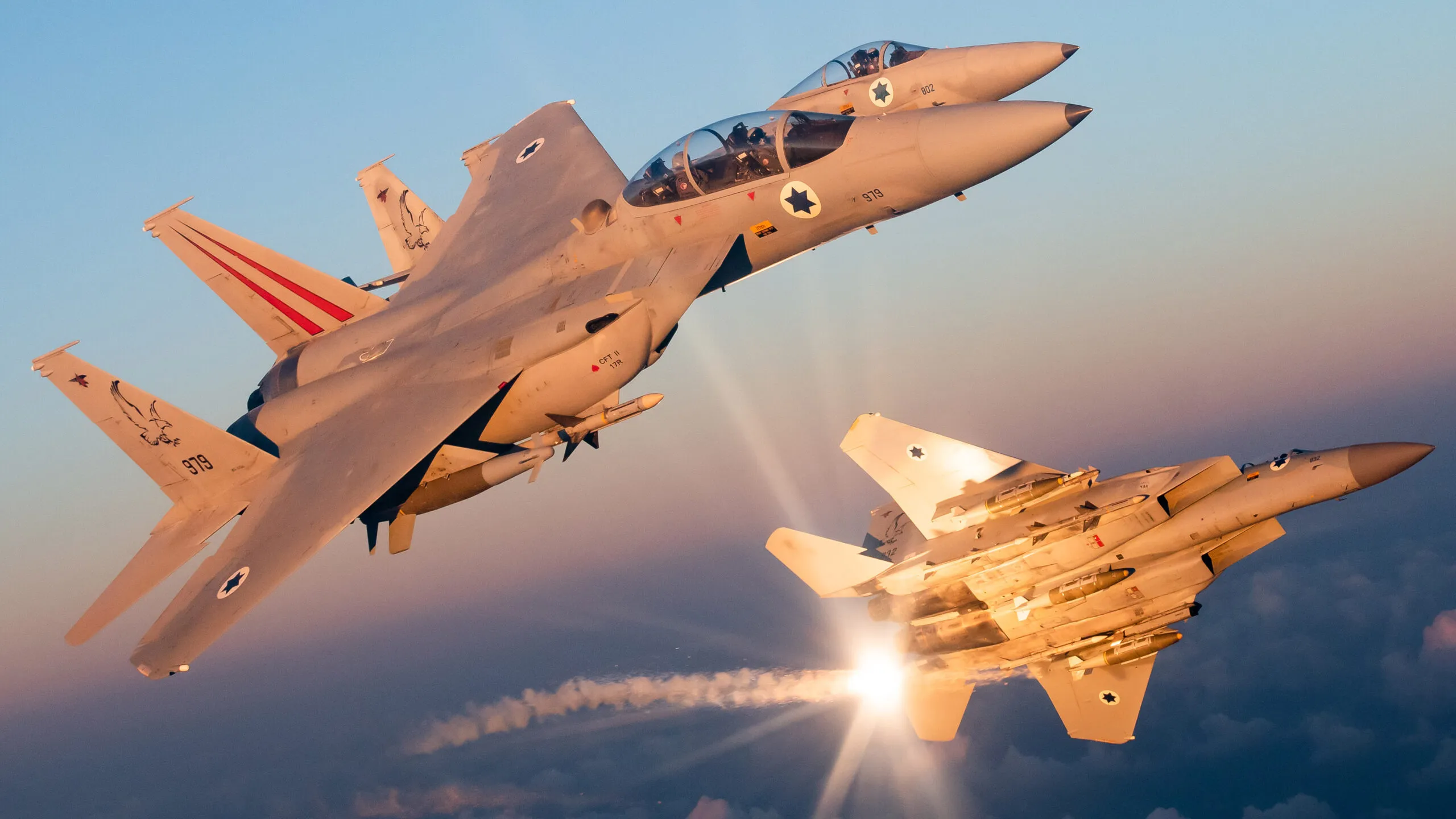


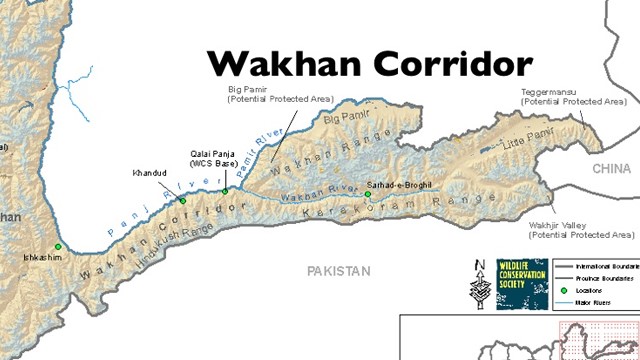

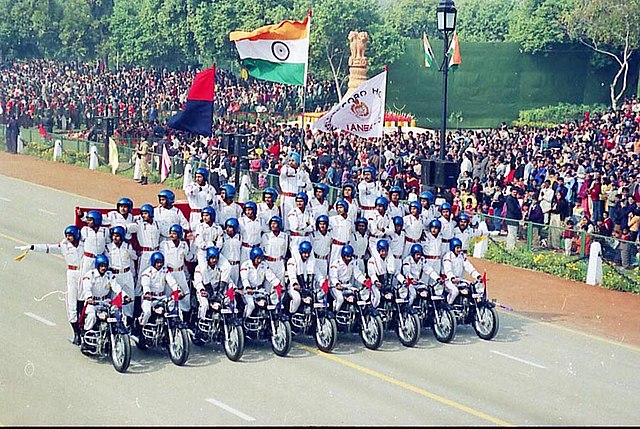
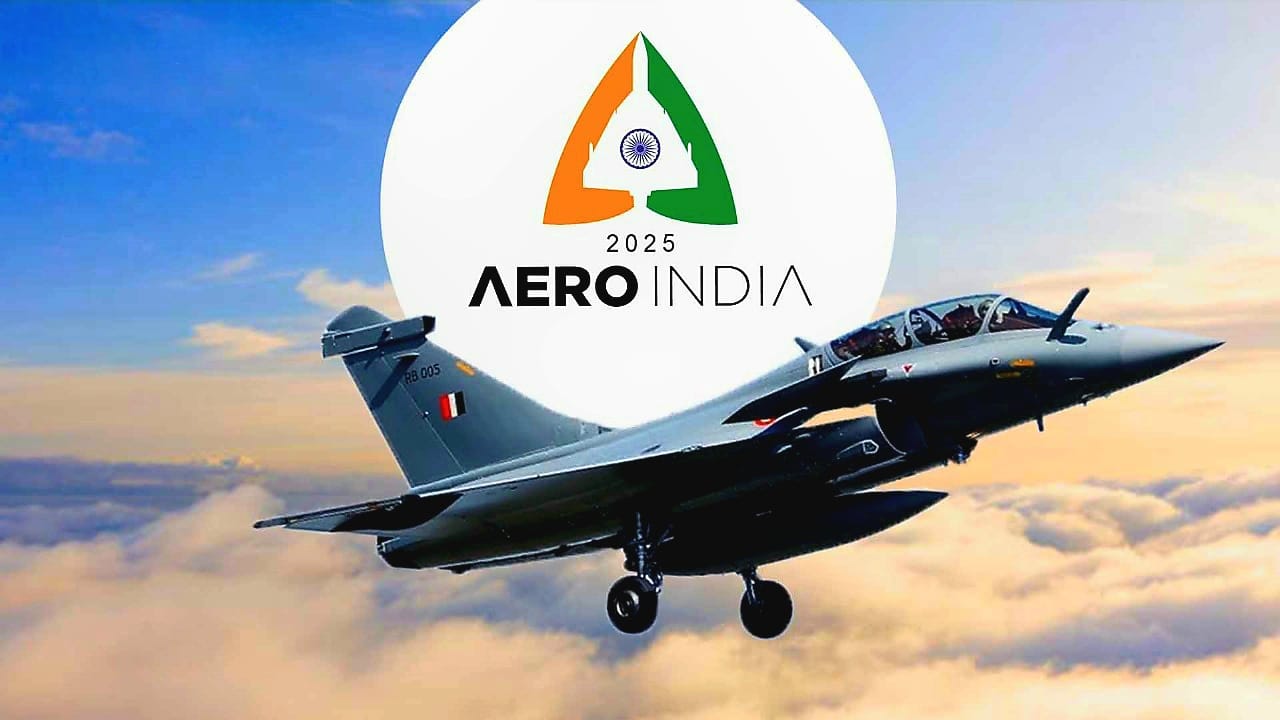
POST COMMENTS (0)